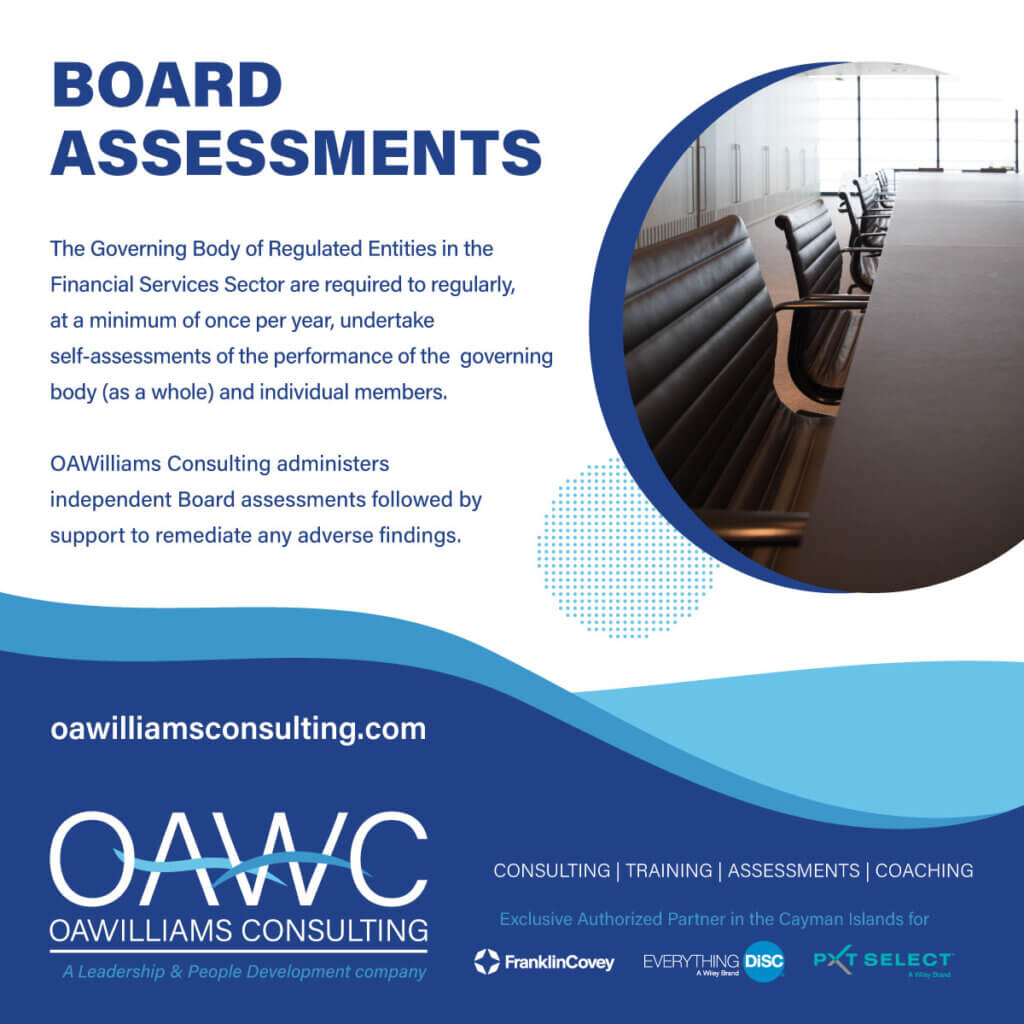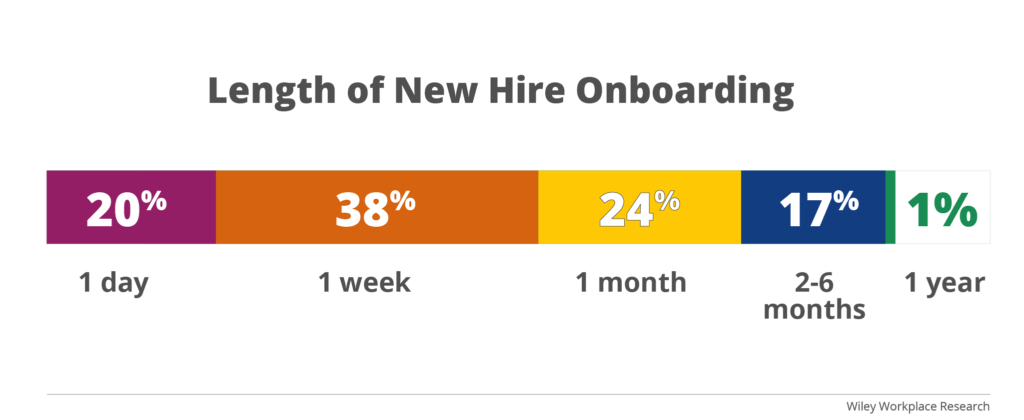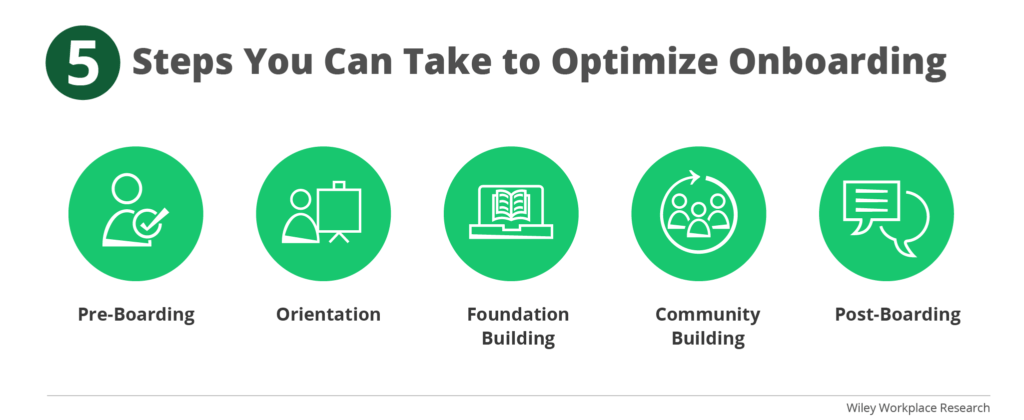Recruiting for a job opening can be a tedious and time-consuming process, but it doesn’t have to be. While your first instinct may be to look for external candidates, it’s to your advantage to look a little closer to home. Talent mobility and upskilling employees from within an organization is a crucial strategy for sustainable business growth.
Talent mobility enables employees to transition to new roles, departments, or projects. It includes both promotions and horizontal moves. Upskilling is an integral part of talent mobility because it helps employees acquire new skills, improve their job performance, and advance their careers. This type of internal hiring isn’t just an old-school way of keeping employees around; it’s a strategic move that has substantial effects on a company’s hiring costs and overall workplace dynamics. After all, existing employees are already well-versed in your products, systems, and processes.
By recognizing existing talent, upskilling current employees, and using a hiring assessment like PXT Select™ to find great job fits, organizations can match their people to the right opportunities.
This is how PXT Select can help you focus on talent mobility and upskilling your workforce.
Identify a Candidate’s Current Skills and Potential:
To identify an individual’s current skills and potential, PXT Select assesses their interests, behavioral traits, and cognitive abilities. This data helps determine how well they might perform in a new role with expanded responsibilities and how they can adapt and develop new skills.
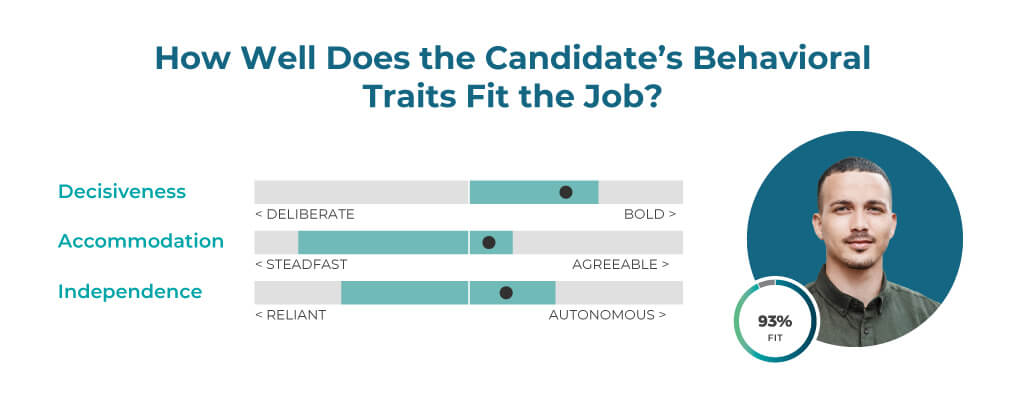
The PXT Select Selection Report provides participants with specific feedback from their assessment and helps them understand their strengths and where they have room to grow. Additionally, the Multiple Positions Report provides a comparison of the candidate’s results to more than one open position within the company. It is intended to help you understand where your current talent might best fit within your organization.
Create Customized Development Plans:
PXT Select assessment results can also be used to create customized plans for employee development. These plans can focus on improving skill gaps and preparing employees for new roles or promotions.
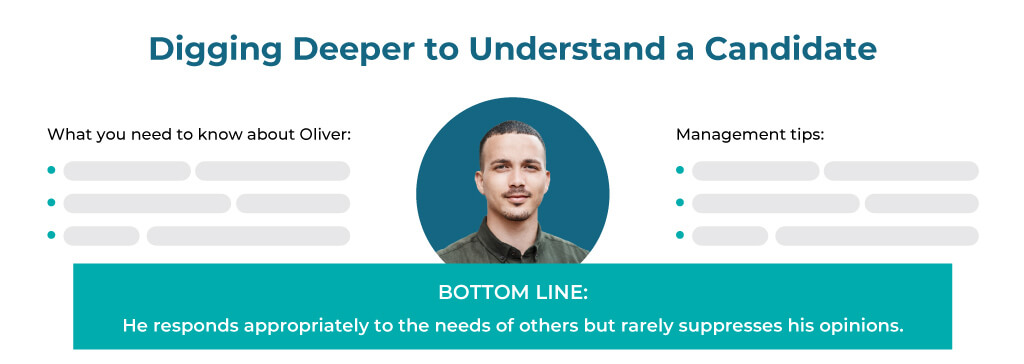
With the Coaching Report (shown above), you can better understand your employees’ strengths and challenges—helping them achieve their career goals. This report offers customized performance feedback, along with practical strategies to help develop the key behaviors that may have the greatest impact on an employee’s job performance.
Reduce Bias with Objective Comparison:
To reduce bias in the hiring process, it is important to have an objective way to compare candidates. PXT Select assessments offer just that. By providing data-driven information about a candidate’s job fit based on the same measurement, these assessments make it possible to compare internal candidates in a standardized and fair way.
The PXT Select Multiple Candidates Report compares multiple individuals for one position, and it can be used to evaluate individuals for potential career moves within the company. This helps ensure that promotions are based on merit and job fit rather than subjective biases. Learn more about reducing unconscious bias in hiring and selection here.
Ensure Team Compatibility:
Understanding the behavioral tendencies of employees is crucial for ensuring a good job fit within a new team. This can lead to better teamwork and fewer conflicts. The PXT Select Teams Report contains valuable information about how team members can work together to achieve their goals.
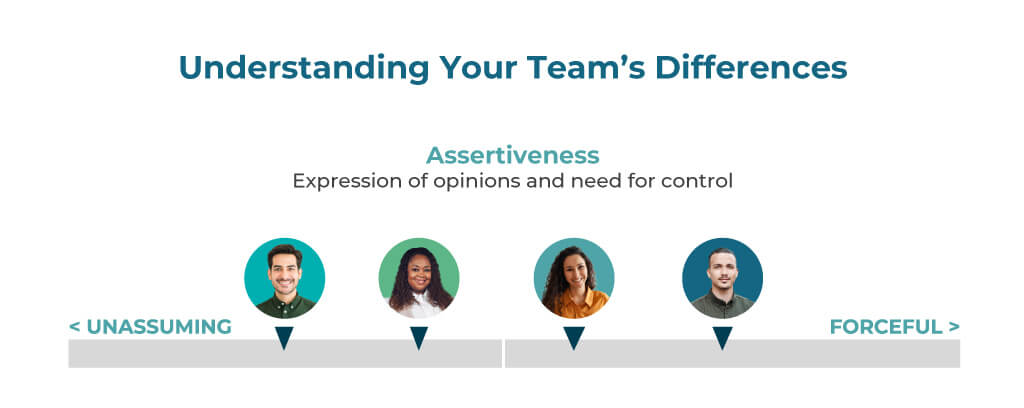
The Teams Report compiles each team member’s scores across the PXT Model’s Behavioral Traits, providing an overview of the team’s results. Understanding team member’s behavioral tendencies provides a deeper understanding of each other so that everyone can work together more effectively.
Boost Retention and Engagement via Growth Opportunities:
Placing gifted workers where they’re most likely to succeed is the first step to retaining employees. Giving them growth opportunities is the next part of the equation. PXT Select uses personalized information to help managers determine what professional development opportunities employees need and want.
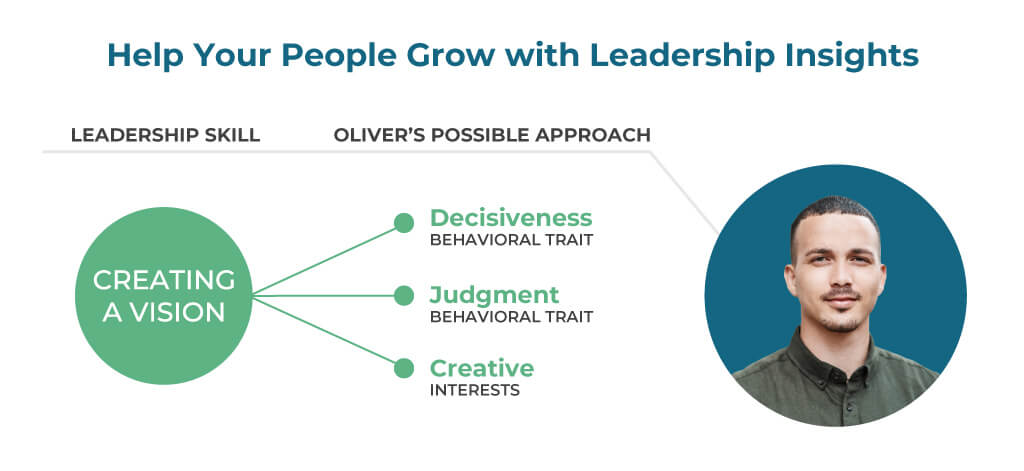
The PXT Select Leadership Report goes beyond the sum of a person’s job experience and delves into their key strengths and challenges to understand how they might handle the obstacles of a leadership role. When employees see opportunities for advancement and skill development, they are often more engaged in their work—increasing your likelihood of retaining top talent. Learn more about how to engage your employees here.
When you know what your existing talent brings to the table, it’s easier to guide them into new and expanding roles. It’s a win-win to provide upskilling and growth opportunities for your employees, while also responding to your business needs. PXT Select assessments offer customized resources for employee development, helping businesses guide their employees toward new roles and opportunities. Learn more about PXT Select applications in Talent Mobility here.




